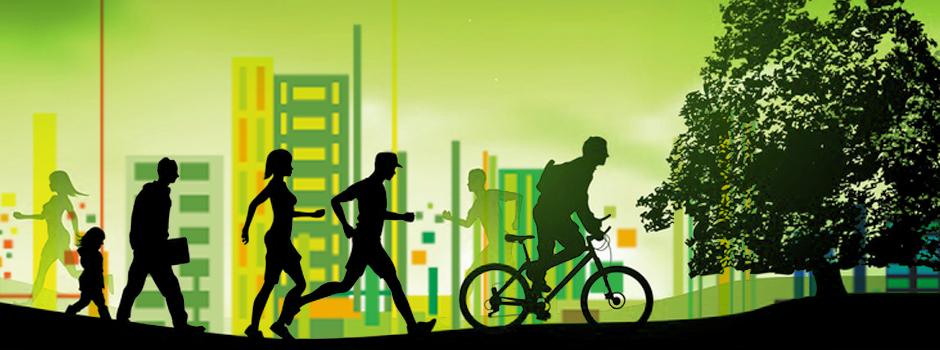A panel of NYU Tandon and ECNU experts sat down this week to explore how urban design and technology might encourage lifestyle changes, including more walking, to combat China’s growing rate of obesity and chronic disease—responsible for now 80% of deaths in the country.
The panel consisted of PhDs from NYU Tandon School of Engineering, Professor and Associate Dean Kristen Day, and Research Assistant Professor Mariela Alfonzo, as well as PhD Lin Lin, Assistant Professor for East China Normal University’s Global Institute for Urban and Regional Sustainability.
“In China, there are changes in how much people move—their jobs don’t require them to be as active—more people are working long hours at a desk. People are eating more meat, a more western diet, spending more time at their screens. One of the things that can determine whether people have the opportunity to be active or not is what their city looks like,” Day said.
With urban development patterns encouraging urban sprawl, walking and cycling have been made difficult for transportation and recreation in Chinese cities. In fact, the decline in physical activity in the transforming urban landscape has lead to more than more than one-third of adults in China being overweight.
“Surveying over 1,070 people walking the commercial streets of Shanghai and Hangzhou, we collected personal data that revealed a relationship between BMI (body mass index) and income—the greater the income, the more impact on lowering one’s BMI walking had. Another finding was that older respondents were likelier to have higher BMIs, and female respondents, as well as long-term residents generally had lower BMIs,” Lin said.
The panel explored strategies for city design that encourage walking and cycling, discussing recent Shanghai-based research that tests the association between urban design and walking. Using new technology such as State of Place—a data collection app—an area’s quality of place is algorithmically calculated based on 290 environmental features (like trees, sidewalks and benches) collected at the block level and scored from 0 to 100. Cities can then identify their assets and needs based on their indexed profile.
“I use qualitative and quantitative methods to tell the story of why this matters. State of Place might help cities make better decisions about how and where to develop, in turn attracting more walkers,” said Alfonzo, founder of the urban analytics platform.
The discussion was introduced and moderated by Assistant Professor Yifei Li.


